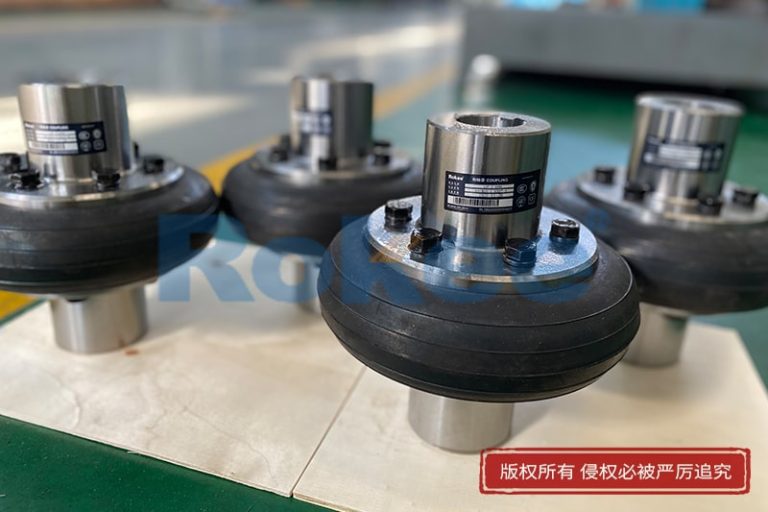How Your Fastener Distributor Measures Fastener Diameter
Fasteners come in all different shapes and sizes, yet your fastener distributor can catalogue millions of products using a set of measurements and specifications. Fastener diameter is one of those specifications, although you may be surprised to learn that your fastener distributor uses three different types of diameter to differentiate products.
Thread Diameter
This measurement may also be referred to as the major diameter, and references the actual diameter of the fastener’s thread (outer edges of the thread). For screws and those fasteners with a pointed or tapered tip, the largest thread diameter is used.
Root Diameter
This measurement may also be referred to as the minor diameter, and references the diameter of the space between the threads. This is often the thinnest point of the fastener. For screws and other fasteners with tapered ends, the root diameter is calculated based on the measurement between the first and second thread.
Shank Diameter
This measurement will not generally apply to fully threaded fasteners, but represents the diameter across the shank, or the smooth area just below the fastener’s head.
For many common types of fasteners, such as hex bolts, carriage bolts, lag bolts and machine screws, the shank diameter is referenced as the fastener diameter. When referencing fully threaded types of hex bolts, lag and carriage bolts and various machine screws, the thread diameter is used, since it is the closest to the shank diameter.
In some cases when referring to hex bolts, the diameter of the head is referenced. This method is unreliable for practical terms, since different sizes of hex bolts heads can be formed onto the same shank.
Wood screw diameters reference either the shank diameter or the root diameter. Determining which is vital to many projects where a tight fit is required.
What About Washer and Nut Diameters?
The diameter of washers and nuts reference the mating fastener. For instance, a 1/2-inch nut is formed to fit on a 1/2-bolt, so the diameter measurement refers to the space inside the hole.
Your fastener distributor will reference fastener diameter during the pricing and ordering phase. It helps to understand the specific measurements in order to be sure you’re handling the correct product.




